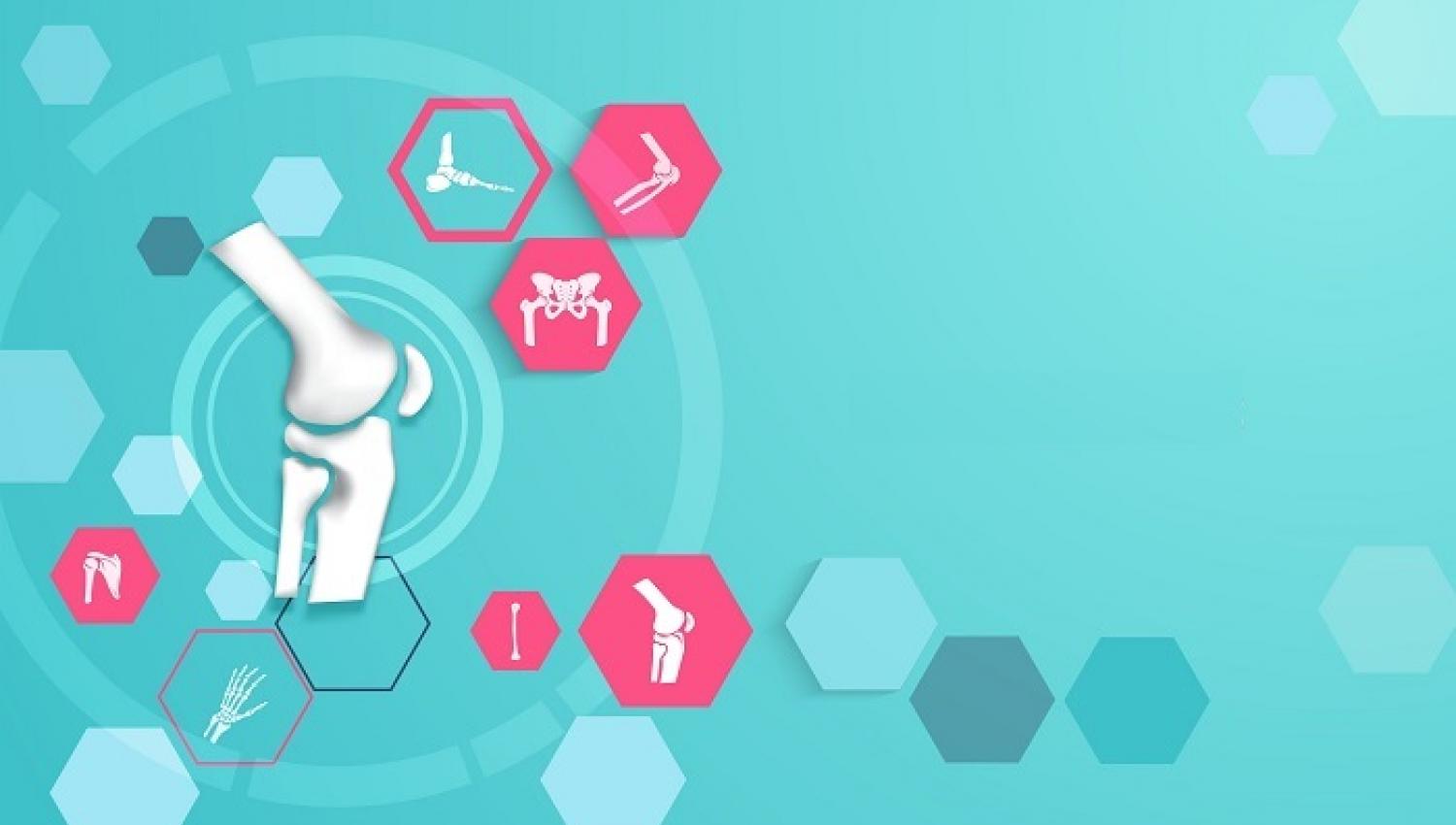The feet, which play the most important role in walking function; have a complex structure consisting of bones, joints, ligaments and soft tissues, so a big or small problem that may occur in each of these structures can cause foot pain. Orthopedics and Traumatology specialist pointed out that many problems, from injuries or infections to structural problems, can cause foot pain.
Foot pain, which makes it difficult to walk and stand, and thus can seriously affect daily life, is actually a common problem that can be worrying. According to a study conducted by the American Podiatric Medical Association in 2014; 77 percent of people experience severe foot pain. Use of inappropriate shoes, diabetes and aging are among the risk factors for the emergence of foot problems. Pointing out that it is important to first know the source of the pain in order to relieve the pain, Yeditepe University Kozyatağı Hospital Orthopedics and Traumatology specialists underlined that not all foot pains are serious but should not be ignored.
One of The Most Common Foot Problems; Hallux Valgus
This problem, which is defined as the lateral (lateral) deviation of the big toe (hallux), is one of the most common foot diseases. Tight shoes are an important factor in its emergence. Stating that this problem is more common in women due to the widespread use of narrow shoes, Yeditepe University Hospitals Orthopedic Specialists said, “Staying in the same shoes for long hours during the day, poor quality of the shoes, lack of air, and the chosen shoe does not fully fit the foot shape, which impairs foot health and may cause the development of “Hallux Valgus”.
According to the information given by Specialist. among the symptoms of hallux valgus; visible lump on the side of the foot, tenderness on or around the big toe, calluses in the bone under the big toe, difficulty in moving the big toe, pain in the big toe while walking are present.
Yeditepe University Hospitals Orthopedic Specialists said, “Although the deviation of the big toe is primarily to the side, the tip of the big toe and the nail also turn sideways in the anterior plane in the later stages. In gout, redness and swelling are seen in the big toe joint. The patient wakes up at night with severe pain. In such cases, gout should be considered, not hallux valgus.”
Crooked Toes Are More Common in Those with A Long Second Toe
While hallux valgus is seen on the big toe, the second toe located next to it and if it goes above the big toe, the condition defined as crooked toe occurs. Stating that crooked finger is more common especially in people with a long 2nd toe, Yeditepe University Hospitals Orthopedic Specialists said, “In order to correct this problem, the tendon of the 2nd toe should be corrected while correcting the thumb”.
Flat Feet Can Also Occur After the Age Of 30
Flat feet or collapsed soles can also be the cause of foot pain. "Sole collapse is a foot deformity characterized by the disappearance of the inner long arch of the foot, which should normally be, and the heel slipping outward," said Yeditepe University Hospitals Orthopedic Specialists pointed out that this problem can develop later as it is congenital. Explaining that adults who have a normal foot until the adult age, flat feet can develop after the age of 30s and 40s, Yeditepe University Hospitals Orthopedic Specialists, continued his words as follows: “The main reasons for this are possible rheumatological diseases, neurological problems, sensory defects due to uncontrolled diabetes, short achilles and even osteoporosis, as well as excessive use of the foot such as excessive weight, inappropriate shoe selection, heavy sports without any underlying disease can cause flat feet. According to the determination of the underlying problem and the size of the problem, different treatment approaches are applied''.
Calluses Can Also Cause Pain
Pointing out that calluses on the feet and heels can also cause foot pain, Yeditepe University Hospitals Orthopedic Specialists, while giving the information that the cause of friction or pressure that caused the callus should be removed in order for the callus to pass, also said the following; “For this reason, it is important to wear shoes that do not squeeze the feet. Shoes that are comfortable around the foot, shock absorbing soles, heels that are soft and slightly higher than the front part are the most suitable shoes for use. It should not be forgotten that being comfortable is as important as looking beautiful and well-groomed.”
Stating that “Verrus”, a viral infection that is commonly known as warts in public may be confused with callusses, Yeditepe University Hospitals Orthopedics and Traumatology Specialist said, “During wart formation, it first appears on the skin as a circular scar with a pit in the middle. Over time, the warts of the soles of the feet become yellow and crusty. When such formations are seen, a dermatologist should be consulted first.”
A Heel Spur May Also Indicate A Different Underlying Problem
Heel spurs, which are defined as small bony protrusions that develop later on the heel bone (calcaneus), may develop due to an underlying health problem or may occur independently. In the emergence of the problem, long-term strain on the muscles and ligaments is effective, as well as due to excessive weight and wearing inappropriate or worn shoes, heel spurs can occur.
Yeditepe University Hospitals Orthopedic Specialists gave the following information; “This spur is not a thorn that will sink downwards as it is thought, but develops forward into the band under the sole of the foot, which makes the foot stand like a spring when viewed from the side. These spiny protrusions can occur in the front of the heel, just under the arch of the foot, or behind the heel. The spiny appearance behind the heel is often associated with Achilles tendon problems. In this condition, known as Achilles tendinitis, applying pressure to the front of the foot causes an increase in tenderness and heel pain. Patients feel this especially when going up and down stairs or crouching on the floor. Different methods such as cold application and drug therapy are used for the treatment of the problem.”
Pain After Exertion Indicates Circulatory Problems
Stating that pain at feet might stem from circulatory problems in legs and arteriosclerosis, Yeditepe University Hospitals Orthopedic Specialists continued his words as follows: “It is not possible to confuse this pain with other pains. Because the most distinctive feature is that it occurs after a certain effort and makes the person unable to walk. The patient describes this situation as 'I can walk up to 500 meters, then I have to stop because of the pain'. Patients with these complaints should consult a cardiovascular surgeon without wasting time.”
”





